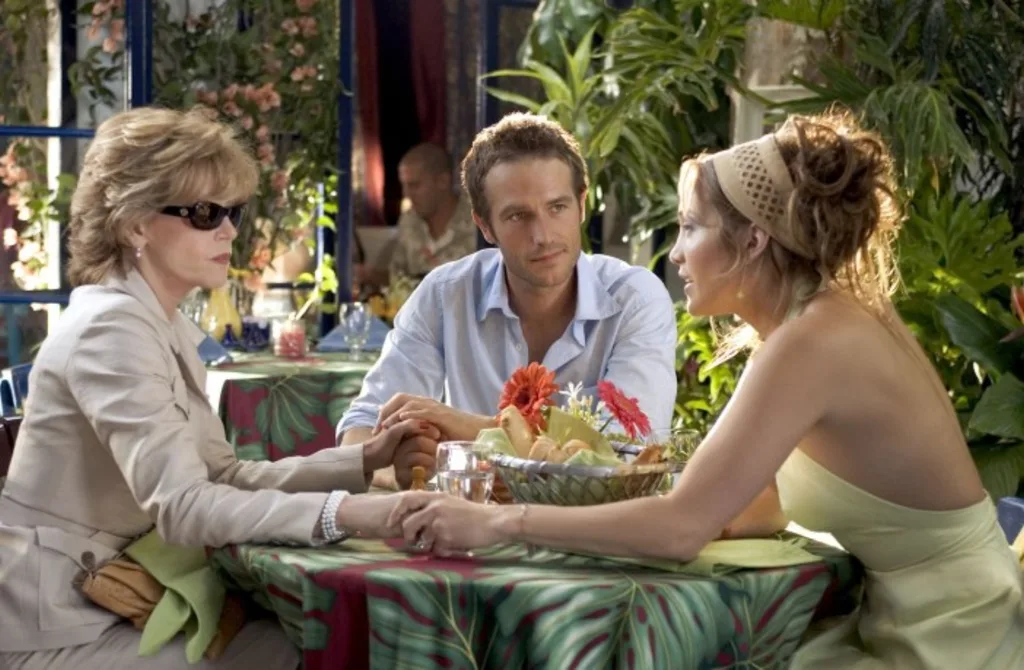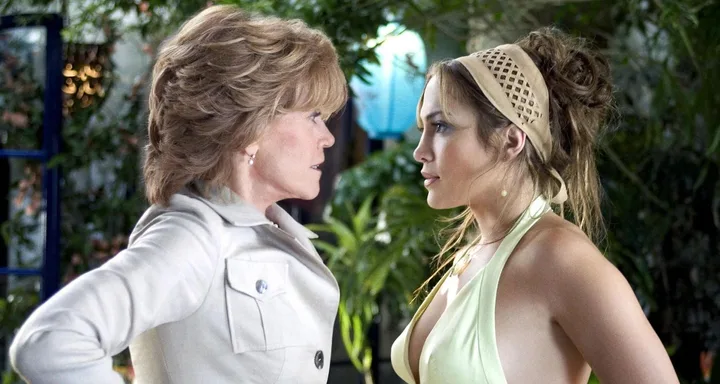My big fat Indian wedding was mostly one big beautiful blur. But there’s a moment I remember when I was about to wave goodbye to the guests and leave with my husband in a vintage car. It was that emotional end of the day when the bride and groom drive off into the distance, a “Just Married” sign on the rear window and tin cans tied to the car’s rear bumper bar.
I was beaming, over the moon to have finally married my boyfriend of five years. I flashed a huge smile at everyone.
That’s when my older relatives started giggling. I should look sad, they said, I should be crying. At Indian weddings it’s not appropriate for a bride to be happy.
Marriage customs are wildly different all over the world. But in patriarchal societies in which brides generally leave their homes to join their husbands’ families and where fathers “give away” their daughters, the institution of marriage is loaded with meaning.
The reason a bride is supposed to look depressed on her wedding day is because she’s symbolically leaving the safety and security of her childhood family to live with people who may be little more than strangers.

Inside her new family, traditionally it’s the mother-in-law who rules. She tells her what to cook, how to clean, sometimes even when she can leave the house.
When we think of patriarchy, we picture a man with authority over his household. But in extended family homes, which are still common across Asia and the Middle East, a daughter-in-law isn’t meant to be subservient to just her husband. She’s also expected to be unfailingly obedient to the entire clan, particularly her mother-in-law.
In my circles of married friends, whatever their cultural backgrounds, almost everyone has an eye-rolling story about an overbearing mother-in-law.
There’s the one who advises her daughter-in-law to have more sex to make her grumbling husband happy; another who expects to be waited on hand and foot whenever she calls in unannounced. In the worst case, a friend moved from London to Australia just to escape the orbit of her nightmare in-laws.

The “monster-in-law” may be a universal trope – let’s not forget that uncomfortably relatable Jennifer Lopez and Jane Fonda movie – but it’s also a relationship that women can feel resigned to. This is just how it is. Why? Patriarchal marriage customs have often expected younger wives to put up and shut up. We’re here to please.
In the 1970s, Moroccan sociologist Fatima Mernissi noticed that in the traditional households she studied it was the wife’s duty to call her mother-in-law “Lalla”, meaning mistress, and kiss her hand every day in deference. The older woman held the power and this act was a daily reminder.
I was lucky that my mother-in-law did her best to avoid being this kind of monster. And I, for my part, have always been brutally honest with her, asserting my agency even if that created friction between us at times.
In our own small way we have both pushed back against that part of the patriarchy that wants to pit older women against younger women, to divide and rule us. We may moan in private occasionally but we also have a relationship in which neither of us has more control. Most importantly, we each refuse to be unhappy.
The Patriarchs: How Men Came to Rule by Angela Saini (HarperCollins, $34.99) is out now.










